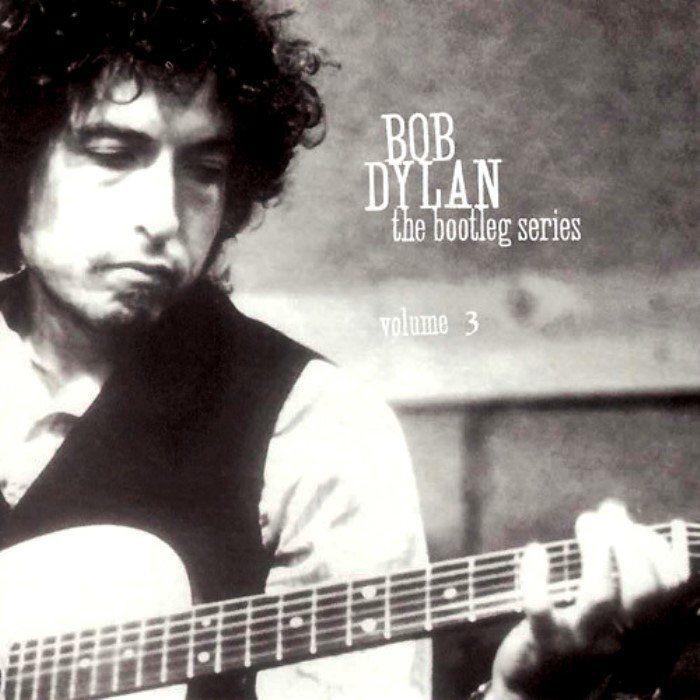
Finally, the pitch of the reissue slightly differs from the studio version, as Dylan requested many tracks sped up two or three percent to give the music more zip. Furthermore, the official Blood on the Tracks features overdubs with additional instruments and reverb to better blend with the Minneapolis recordings. Plus, the soundstage has depth, texture, and a more realistic layout than the original studio release. Voice, guitar, and bass remain centered in a compact space between the speakers whereas the original album spreads them out. The bootleg version sounds almost like very good mono-a good thing.

“Meet Me in the Morning” displays how the track was changed in post-production for the 1975 release. Those New York recordings incorporated on the studio album sound quite different from these stripped-down versions. And while the original album fit 10 songs onto a single disc, Columbia generously spreads these 11 tracks over two discs rather than push the music too close to the spindle, where distortion is at its worst. The New York recordings on the 2-LP set include 11 songs, 10 of which made it to the final album, half from the original New York sessions. Columbia did a bang-up job with the material.

Indeed, Dylan fans have much to celebrate. After decades of requests, the bootleg has finally been made available on an authorized release. The officially released edition of Blood on the Tracks contains five songs from each location.Īt some point, the acetate from the original New York sessions found its way into the hands of record pirates. In December, he recorded several of the songs at Sound 80 studios in Minneapolis with local musicians. He became convinced the starker recordings would not sell, and he feared critics might accuse him of reverting to his acoustic folk roots. Dylan then experienced a change of heart and decided to redo half the songs. The sessions were mastered, and review copies pressed and sent to the press. Yet the acceptable tracks from the aforementioned sessions resulted in some takes on which Dylan played solo and others where Tony Brown backed him on bass. Initially, Dylan paired with the band Deliverance. The “more blood” refers to the long-delayed official publication of previously pirated takes from one of the Bard’s greatest albums, 1975’s Blood on the Tracks, a truly flawless work.ĭylan’s comeback album was originally recorded by Phil Ramone at Columbia’s 7 thAvenue Studio A (now A & R Studios) in New York from September 16-19, 1974. Never mind the fact Dylan had already turned in numerous acoustic albums. 14 contains juicy hyperbole that Columbia’s marketing department likely couldn’t resist, yet a more accurate albeit less sexy moniker would’ve been Bob Dylan Unplugged. The title of More Blood, More Tracks-The Bootleg Series Vol.

The movie’s name even sounds like a Dylan song title. The album’s tone fits with the lushly shot The Ballad of Gregorio Cortez, a film about the prejudice infecting relationships between neighbors north and south of the border. While the chief theme of Blood on the Tracks points to the breakdown in Dylan’s relationship with his wife, it works on many other levels. Music from this album would be a great soundtrack to this movie: He also proved pop singers didn’t have to be a single-decade flash in the pan. Review By Dennis Davis When listening to this album I think of this band or music:īob Dylan came roaring back to life in 1975 with great writing and songcraft-intelligent, inspired, and inspiring music in the face of the bloat from Chicago, the Eagles, and Jefferson Starship dominating the airwaves at the time.


 0 kommentar(er)
0 kommentar(er)
